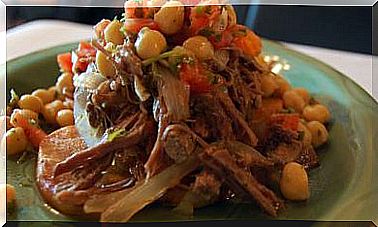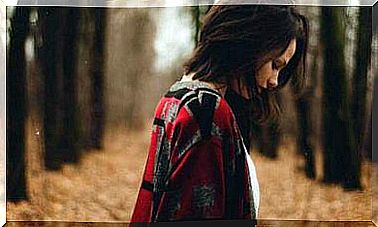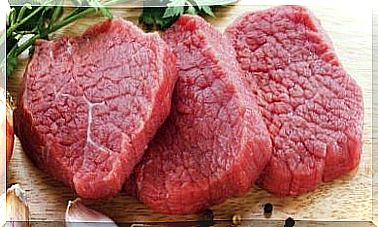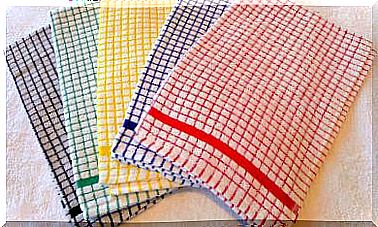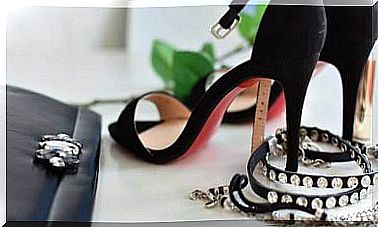What Is A Disc Protrusion?
Have you ever heard of disc protrusion? This is a highly frequent condition, especially as the individual ages.
Ultimately, it is a change in the anatomy of the spine. Therefore, we first show you a review of regional anatomical concepts and then see what a disc protrusion is and what can cause it.
If you think you may be suffering from a problem of this type, do not forget to consult a specialist. Given this warning, let’s move on to discover more about disc protrusion.
Anatomical aspects of the spine
The spinal column is made up of 33 vertebrae. For practical purposes, we could say that each of the vertebrae is made up of:
- The vertebral body, which is the anterior part, a more or less rounded and flat bone mass.
- The spinous processes, which constitute the posterior part. It is an appendix that comes out backwards, that is, what we can feel in the back.
What conditions the movement of the spine?
Between these two structures is the spinal cord (which runs from top to bottom). The spinal nerves leave the spinal cord, which will innervate the extremities and trunk.
However, the movement of the spine is conditioned by structures that allow the sliding of one vertebra over another:
- The articular facets, which are the contact points of the upper vertebra on the lower one.
- The anterior and posterior longitudinal ligaments (and others). These support the spine as a whole.
- The intervertebral discs, located between one vertebral body and another, avoiding friction between them, cushioning and stabilizing.
The intervertebral disc is the key in the subject at hand. It is made up of two parts: the nucleus pulposus (a gelatinous part that absorbs compression forces) and the annulus fibrosus, made of collagen. The latter surrounds the nucleus pulposus and limits rotation.
What is a bulging disc?
A disc bulge occurs when the annulus fibrosus bulges out of its natural gap between two vertebrae.
Now, we should not confuse it with a herniated disc, in which the fibrous disc fissures and the nucleus pulposus comes out of its natural hole. However, in imaging tests it is difficult to distinguish one problem from the other.
The main difference is that the nucleus pulposus has come out, in the case of a hernia, or only its envelope has been deformed, which occurs in the case of disc protrusion.
The most common disc protrusions occur in the lumbar area, although they are also quite frequent in the cervical ones.
There is a natural protective mechanism that prevents these types of injuries from occurring. We are talking here about the back muscles . When it makes an effort, the muscles contract in a coordinated way, so that they distribute and stabilize the load.
They generally occur more in the posterior part of the intervertebral disc because the annulus fibrosus is one third thinner here than in the anterior part. In addition, the most common take place in the lumbar area and in the cervical area.
Conditions that can cause bulging disc
There are several circumstances that directly generate a protrusion, such as the following:
Wear and tear
This is the most common. In this way, over the years, the vertebral disc loses strength and elasticity and ends up giving way. It usually occurs in people over 40 years of age.
It can also happen from overload, for example bending over, carrying weight, and getting up.
Single strong blow
Lastly, a spinal protrusion can occur from a single, strong blow to the back . However, it is rare for the trigger to be unique.
Circumstances that predispose us to protrusion
If we are of advanced age or suffer from obesity, we must know that we will be more likely to suffer a problem like the one at hand.
Also, the lack of physical activity or a weak back muscles are factors that can influence. It also predisposes us to suffer it by spending a lot of time sitting, especially leaning forward (since the disc comes out backwards).
Similarly, being subjected to vibrations (such as driving tractors) is considered a risk factor . In addition, in some cases there is even a certain genetic predisposition.
Symptoms of bulging disc
Often times, the volume of the bulge is small enough not to compress the nerves (exiting the spinal cord). In this case, it may not cause us pain or discomfort at any time.
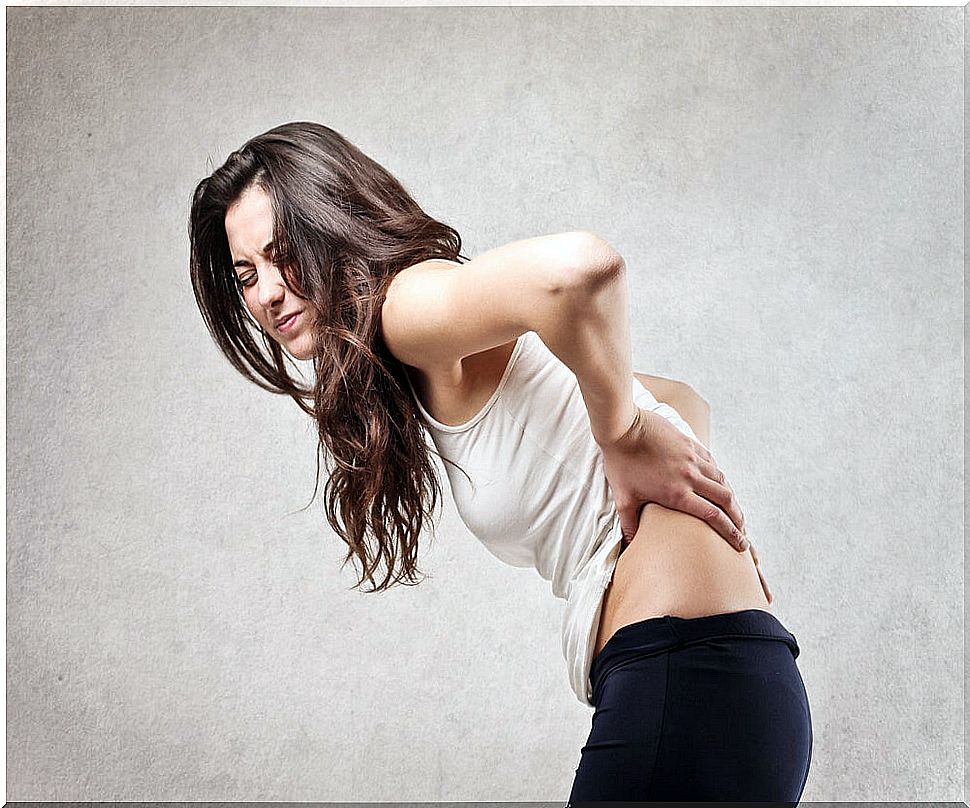
When symptoms are generated, they are usually pain in the back, neck or lumbar area (depending on where the protrusion is). This pain radiates to the arm if the origin is cervical or to the leg if the origin is lumbar. This is because the nerves supplying the extremities exit the spinal cord.
Treatment of vertebral protrusion
Traditionally, it was considered that disc protrusion should always be treated interventionally, that is, with surgery. It is now known that conservative treatment should be tried first.
This consists of, first of all, improving postural hygiene, that is, adopting correct postures. In addition, it is recommended to perform some type of specific exercise that promotes the muscles of the back and abdominal.
Once you’ve read this article, you already know a lot more about the spine and disc protrusion. Therefore, if you detect any of the problems that we have described, we remind you that it is best to visit your doctor. He will know what to do in any case.
